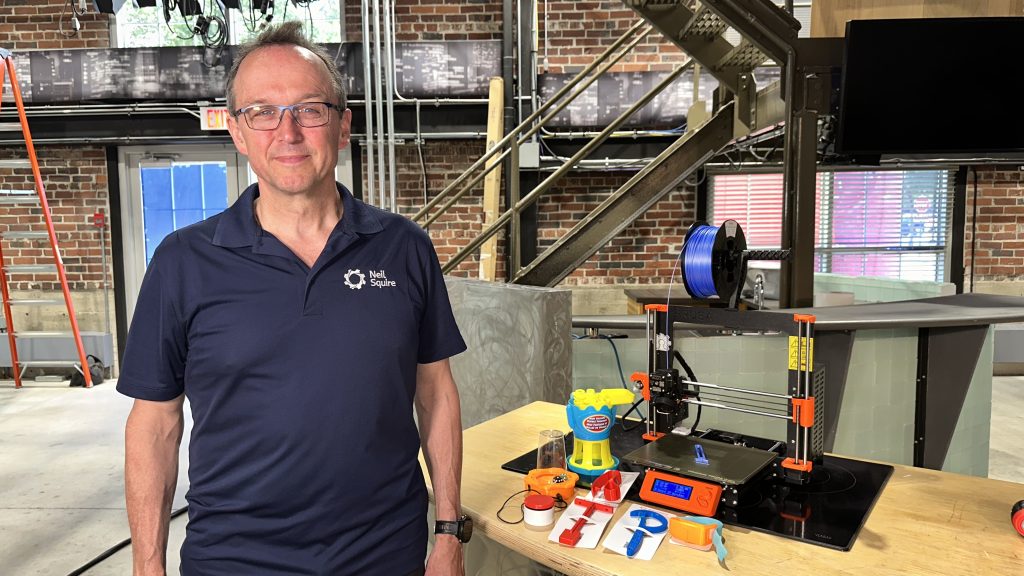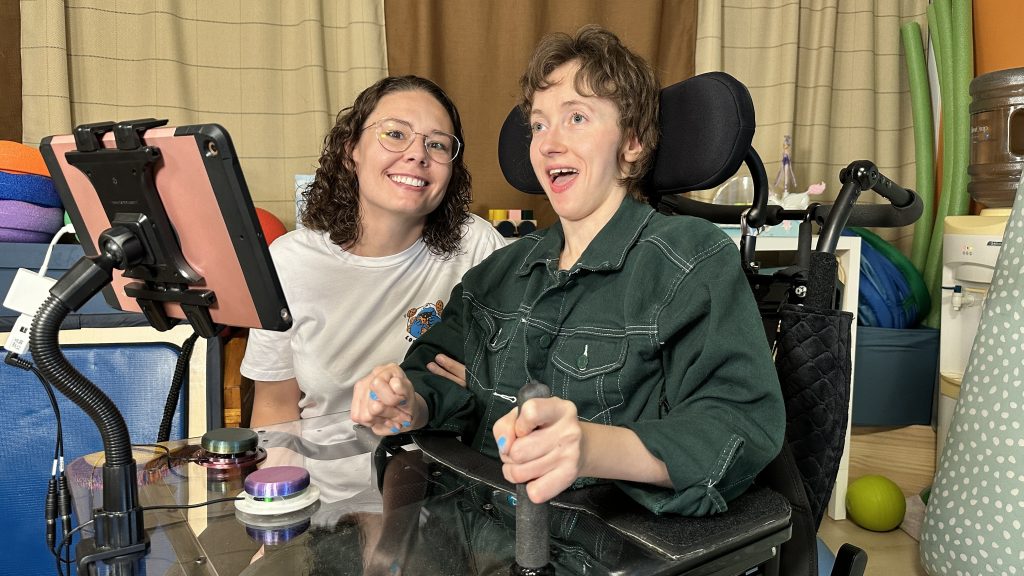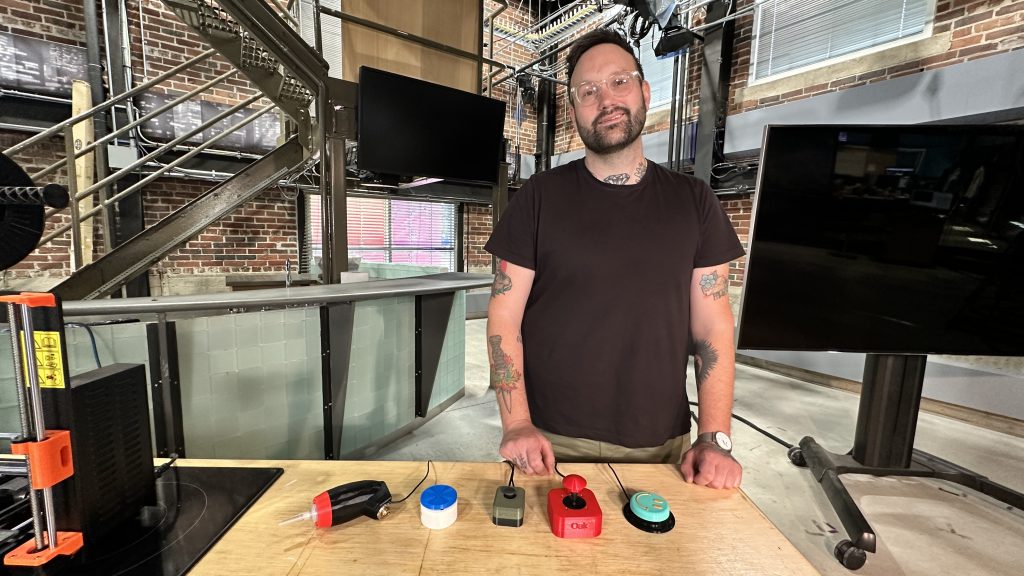Using 3D printing to remove accessibility barriers for Canadians

Posted June 14, 2024 5:25 pm.
Last Updated June 14, 2024 7:04 pm.
From seat belt release aids to bottle opening aids and nail clipper helpers, Canadians across the country are designing and 3D printing accessibility devices to help different communities live without barriers.
Marc Hache, one of many Canadians with the organization Makers Making Change, is helping to design and print these devices.
“The seat belt (release aid) actually was designed for my dad, who’s got (gout). It was very painful for him to reach down and release (the seat belt), so that was my own design that I designed a few years ago,” said Hache.
The organization, made up entirely of volunteers who are donating their time and selling their items at an extremely low cost, has chapters worldwide, with many in Canada — including Winnipeg, where Hache calls home. He says he hopes more Canadians hear about the organization, as they’re ready to keep creating and helping.

“Look us up. Go to Makers Making Change, we’ve got over 260 different devices up there. If you find something you need, request it and we’ll do our best to fulfill that for you, for sure,” said Hache.
Amelia Hampton, a 32-year-old woman in Winnipeg who lives with cerebral palsy, uses an iPad and 3D-printed switches from Makers Making Change to help her communicate. Hampton’s occupational therapist, Lacey Lynes, calls it a “tremendous effort” for Hampton to type on the iPad, but also says the technology paired with the switches allow Hampton to express her thoughts more independently.
“My name is Amelia Hampton. It’s nice to meet you,” said Hampton through her iPad. “I love that I got to customize my switches by picking the colour.”

Lynes, who works through her own private practice, says the cost for an alternative for Hampton was around $100 per switch. The ones from Makers Making Change cost the family a fraction of that cost, and were able to customize them to her liking.
“Initially, she was using her head and that was not so accurate because she wanted to move her head around to look at people,” said Lynes.

“Thank you, Makers Making Change, for providing these switches,” said Hampton.
Chris Martin, who printed the switches for Hampton, says it’s important to him — and others in the organization — that everyone is able to live without barriers.
“You’re allowing someone to have a voice. Someone who isn’t able to communicate to the amount that they want to and then even better, you get to make them something that looks cool that they enjoy using.”









